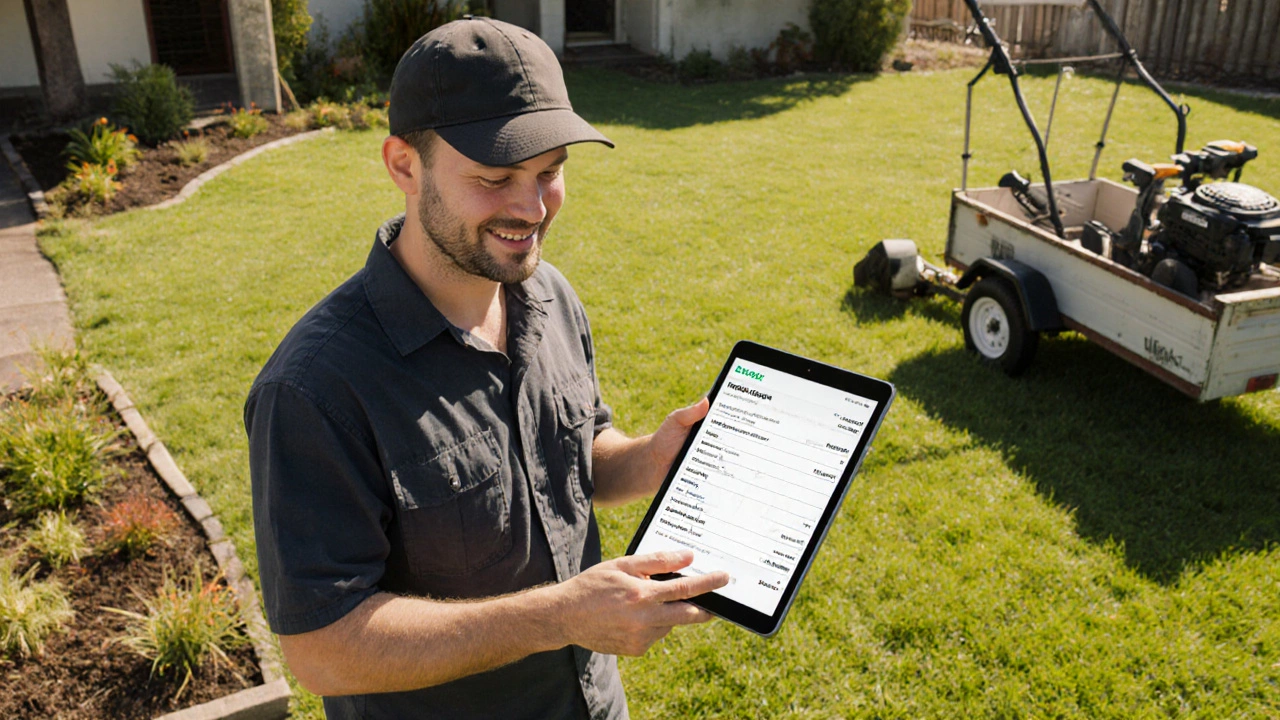Understanding Landscaping Labor Cost
When planning any outdoor improvement, the first thing you need to grasp is landscaping labor cost, the total expense for hiring workers to design, install, and maintain gardens, patios, and other exterior features. Also known as landscaping workforce expense, it plays a central role in shaping the overall budget for any outdoor project. Knowing how this cost behaves helps you avoid surprise invoices and keeps the project on track.
Next up is landscaping, the art and science of shaping the outdoor environment with plants, hardscape, and water features. Landscaping isn’t just about planting a few shrubs; it involves site assessment, design planning, and ongoing maintenance. Because of that, landscaping labor cost encompasses both the design phase and the hands‑on installation work, making it a key metric for anyone hiring a crew. In practice, the more complex the design—like multi‑level terraces or integrated lighting—the higher the labor component will be.
Another crucial piece of the puzzle is labor cost, the wages, benefits, and overhead paid to workers on a project. Labor cost is driven by skill level, regional wage rates, and the scope of work. For example, a certified arborist will charge more per hour than a general laborer, and crews in London will typically command higher rates than those in the Midlands. This means that landscaping labor cost is directly influenced by the broader labor cost trends across the construction sector.
When you bring a landscaping project into a larger construction, the process of building or renovating structures and infrastructure framework, the interactions become even clearer. Construction projects often have fixed timelines and strict budget constraints, so understanding how landscaping labor fits into the overall schedule is essential. The construction industry’s prevailing labor rates, material availability, and subcontractor agreements all feed into the final landscaping labor cost, creating a web of dependencies that can affect your bottom line.
Finally, consider your budget, the total amount of money allocated for a project, including all costs and contingencies. A realistic budget starts with a clear estimate of landscaping labor cost, then adds material costs, permits, and a contingency buffer. Many homeowners underestimate the labor portion, thinking plants are cheap, but skilled labor can represent 30‑50% of the total outdoor spend. By breaking down the budget into labor, material, and contingency, you can see exactly where savings are possible and where spending is non‑negotiable.
Below you’ll find a curated collection of articles that dive deeper into each of these aspects—from negotiating rates to planning a cost‑effective garden layout. Whether you’re a DIY enthusiast or hiring a professional crew, the insights ahead will help you keep your landscaping labor cost under control and your outdoor space looking great.

